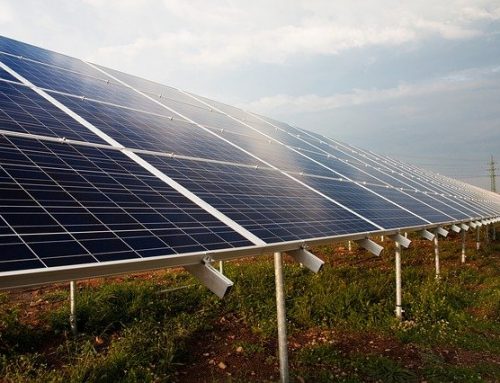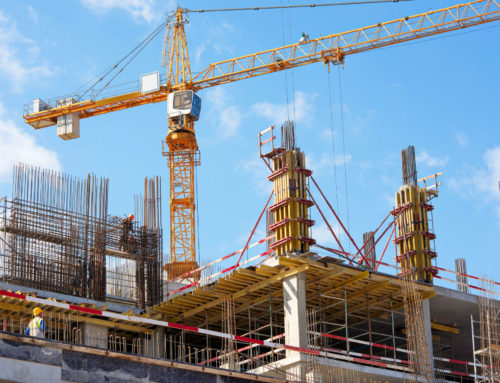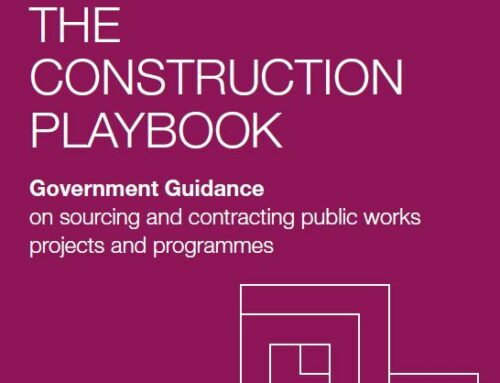The new year has started with a raft of doomsday predictions about the impact of climate change and the need for society to take seriously its responsibilities for future generations.
While some may be sceptical about the need for a vegetarian diet to save the planet, there can be no doubt that we need to up the pace of sustainable construction methods.
The UK goal is to achieve an 80% reduction in carbon emissions by 2050. But buildings account for 45% of carbon emissions and it’s estimated that 80% of the buildings we will occupy in 2050 have already been built. The Intergovernmental Panel on Climate Change recently warned that we have 12 years to reduce the rate of global warming before widespread flooding and droughts become unavoidable.
The construction sector has a lot to do. While there have been some significant advances in sustainable construction, thanks to technological innovation and government support, greener building brings with it added expense. But there are signs that progress is being made and momentum will build in 2019.
In December the Royal Institute of Chartered Surveyors launched and Embodied Carbon Database to help built environment professionals identify where carbon reductions can be made throughout the construction process.
The Government’s recently published Energy Performance of Buildings Directive requires that minimum energy requirements in national buildings are set “with a view to achieving cost-optimal levels”. By this it means the best level of energy performance that can be achieved whilst remaining cost effective over the lifetime of the new building. While the report concludes that current building regulations are sufficient for new buildings in the UK to meet the requirements of the Directive, it has already committed to a review later which will likely tighten standards.
Many UK cities are now adopting a policy to be carbon neutral within 15 – 20 years and these targets will only be achieved with a net zero carbon neutral new build policy.
The challenge for the construction sector is to find the will to deliver sustainable solutions at a time when productivity and growth in the sector is flatlining resulting in significant pressure on profitability.
The commitment to a greener built environment has to transcend the entire supply chain, starting with the client. While the sector needs to continue to innovate and create solutions it also needs to educate clients on the benefits and measurable social value of green buildings





